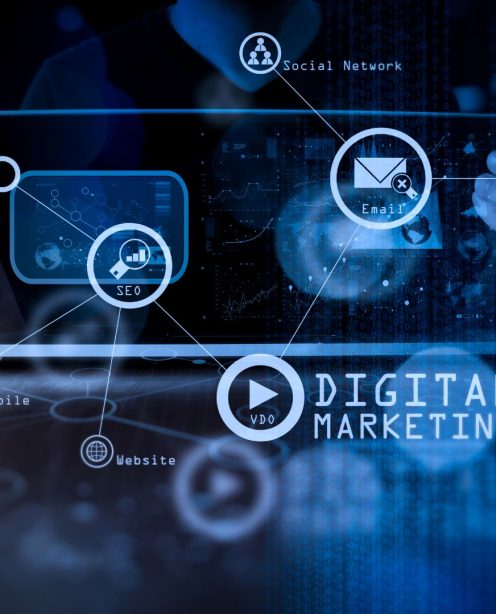The birth of the chatbot
The term ‘ChatterBot’ goes back to 1994, when it was used to describe programs that convincingly simulated human conversations. Modern chatbots support voice searches with virtual assistants like Google Assistant and Amazon’s Alexa, and are used to improve user experiences in messaging apps like Facebook Messenger and on websites.
Chatbots recognise keywords or phrases and deliver pre-programmed responses. Using artificial intelligence (AI), some chatbots can also learn to improve their conversations in real time, based on each interaction.
Round the clock customer service
Chatbots are available at any time and can respond to queries from around the world. They can handle activities like changes of address, login or payment issues, and other frequently asked questions.
So, for example, IBM claims that its Watson Conversation virtual agent reduces query resolution times from 38 hours to 5.4 minutes for most simple enquiries.
Whether your customers get in touch by phone, via your website, a text, email or social media, a chatbot can interact with them in a much more human way. There’s no need to use searches, drop-down menus, buttons and forms.
Your chatbot can also quickly send your customers on to the most suitable customer service representative when needed, minimising multiple transfers and reducing frustration.
Despite these benefits, according to G2 Crowd less than 1% of businesses on Facebook are using Chatbots.
Cost savings
It’s estimated that around 265 billion customer support requests are made every year, costing $1.3 trillion to handle. Chatbots can reduce the cost of dealing with these queries by up to 30% and reduce the cost of individual enquiries from up to $200 for a human interaction to $1, or even less.
Your contact centre team can then spend their time on detailed enquiries and delivering improved service. Your team members are more likely to enjoy their work because they won’t be handling the more repetitive issues.
Learn as they go
Not only can chatbots learn from each virtual conversation, they can also learn from customer interactions with your live agents. In fact, your customer service representatives can learn from your virtual agent as well.
When your customer services team and chatbots work together to deliver better service, your customers will have more confidence too – it becomes the easiest way to resolve their query.
Using AI it may not be long before chatbots can improve your conversion rates by cross-selling your full catalogue of products and services. With integration to your business systems, they will also be able to make personalised recommendations based on a customer’s previous orders and preferences.
Get in touch with the Un.titled team today on 0116 326 0090 or say [email protected].





